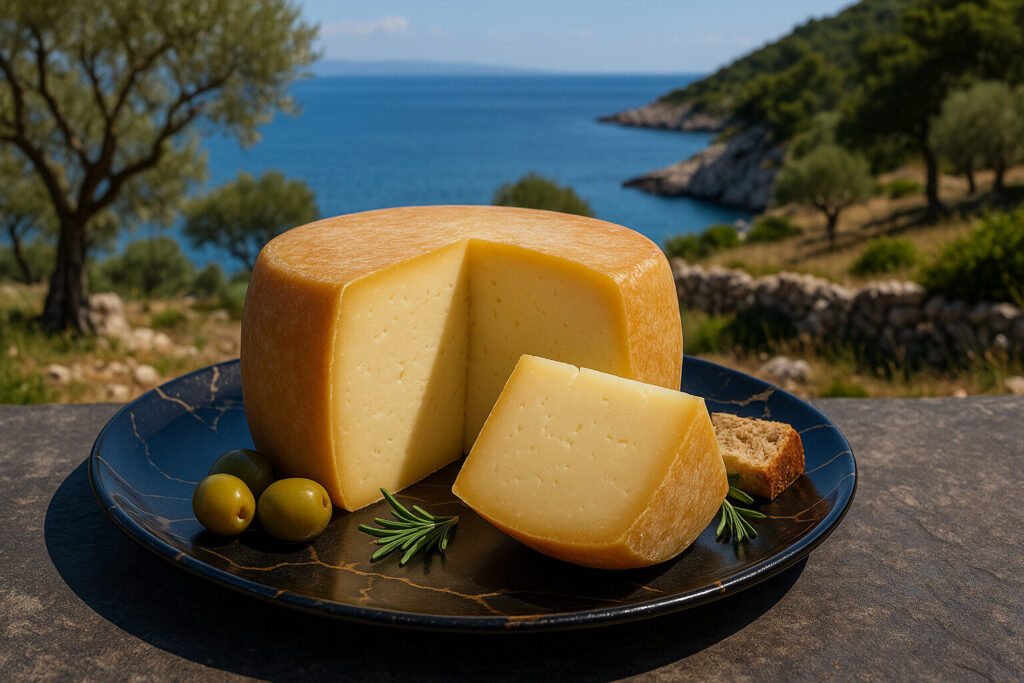Cheese Of Turkey Aegean
Introduction to Aegean Cheese
The Aegean region of Turkey is renowned for its diverse and flavorful cheeses, which are integral to the local cuisine and culture. These cheeses are often made using traditional methods passed down through generations, reflecting the rich agricultural heritage of the area.
Many varieties of cheese from this region are characterized by their unique textures and tastes, influenced by the local climate and grazing lands. They are commonly enjoyed in meals, snacks, and as part of festive occasions, showcasing the culinary diversity of Turkey.
Popular Varieties of Aegean Cheese
Among the most well-known cheeses from the Aegean region are Mihaliç, Lor, and Tulum, each offering distinct flavors and uses in cooking. Mihaliç cheese, for example, is a hard, salty cheese often grated over dishes, while Lor is a fresh, soft cheese used in pastries and salads.
These cheeses are typically produced from sheep’s, goat’s, or cow’s milk, depending on the area and tradition. Their production methods, such as aging in animal skins for Tulum cheese, contribute to their unique characteristics and regional identity.
Production Methods and Traditions
The production of Aegean cheeses often involves artisanal techniques that emphasize natural ingredients and slow processes. For instance, some cheeses are aged in caves or special containers to develop their flavors, relying on the region’s specific environmental conditions.
Local farmers and producers play a crucial role in preserving these traditions, ensuring that the cheeses maintain their authenticity. This dedication helps sustain rural economies and promotes the cultural heritage associated with Turkish cheese-making.
Culinary Uses and Pairings
Aegean cheeses are versatile in the kitchen, used in a wide range of dishes from breakfast spreads to main courses. They can be served with bread, olives, and honey for a simple meal or incorporated into recipes like börek and meze platters.
Pairing these cheeses with local wines, fruits, and herbs enhances their flavors, creating a harmonious dining experience. Their adaptability makes them a staple in both everyday cooking and special culinary events.
Cultural and Economic Significance
Cheese production in the Aegean region is not only a culinary practice but also a vital part of the local economy and social fabric. It supports small-scale farmers and artisans, contributing to sustainable development and community cohesion.
Additionally, these cheeses are a source of regional pride and are often featured in festivals and markets, attracting tourists and food enthusiasts. They help promote Turkish gastronomy on a global scale, highlighting the richness of the Aegean’s agricultural offerings.

